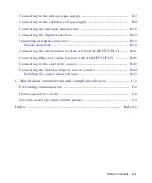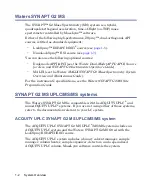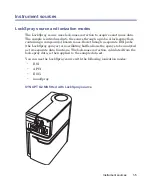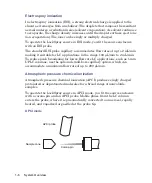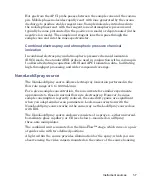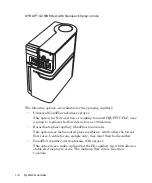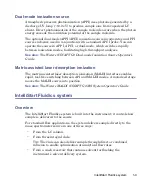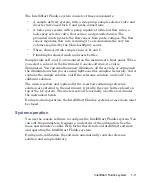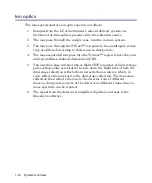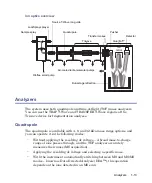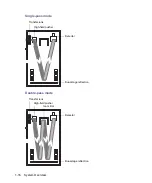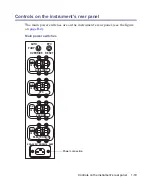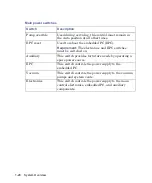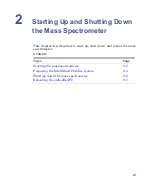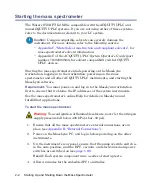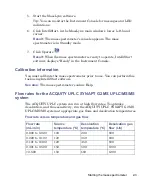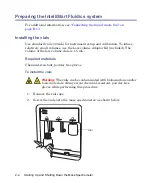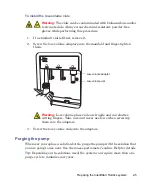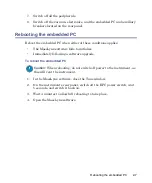
1-12
System Overview
Ion optics
The mass spectrometer’s ion optics operate as follows:
1. Samples from the LC or instrument’s solvent delivery system are
introduced at atmospheric pressure into the ionization source.
2. The ions pass through the sample cone, into the vacuum system.
3. The ions pass through the T-Wave™ ion guide to the quadrupole, where
they are filtered according to their mass-to-charge ratio.
4. The mass-separated ions pass into the Triwave™ region, where they can
undergo collision-induced dissociation (CID).
5. The ions then pass into the time-of-flight (TOF) analyzer. A high-voltage
pulse orthogonally accelerates the ions down the flight tube, where the
dual-stage reflectron reflects them towards the ion mirror, which, in
turn, reflects the ions back to the dual-stage reflectron. The dual-stage
reflectron then reflects the ions to the detector. Ions of different
mass-to-charge ratios arrive at the detector at different times, hence a
mass spectrum can be created.
6. The signal from the detector is amplified, digitized, and sent to the
MassLynx software.
Summary of Contents for SYNAPT G2
Page 18: ...xviii Table of Contents...
Page 46: ...2 8 Starting Up and Shutting Down the Mass Spectrometer...
Page 66: ...3 20 Configuring the LockSpray Source...
Page 228: ...B 24 External Connections 7 Click Next Result The software installs 8 Click Finish...
Page 232: ...C 4 Materials of construction and compliant solvents...


